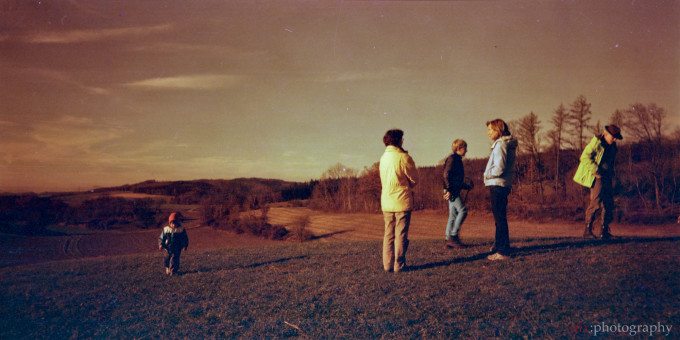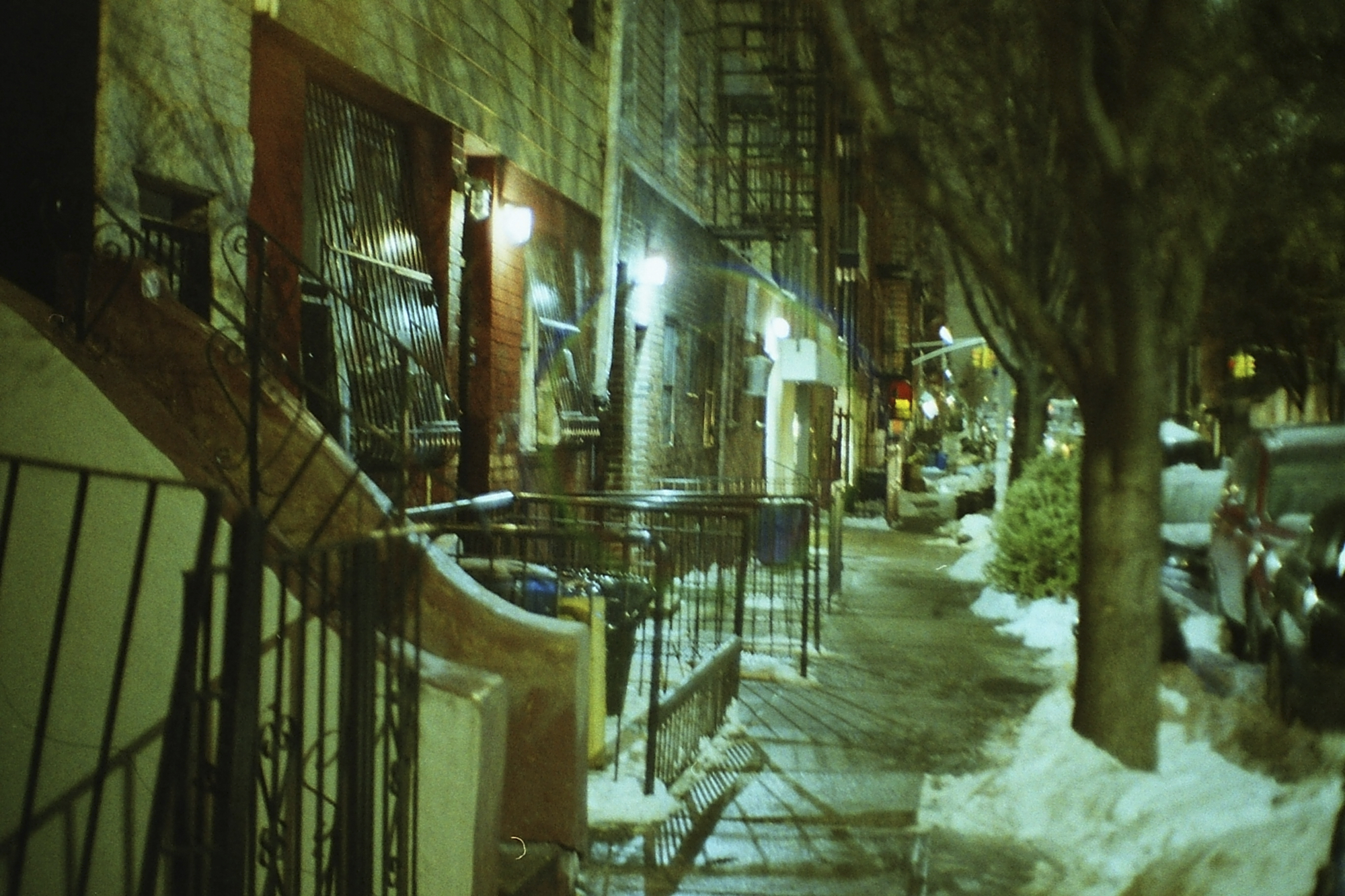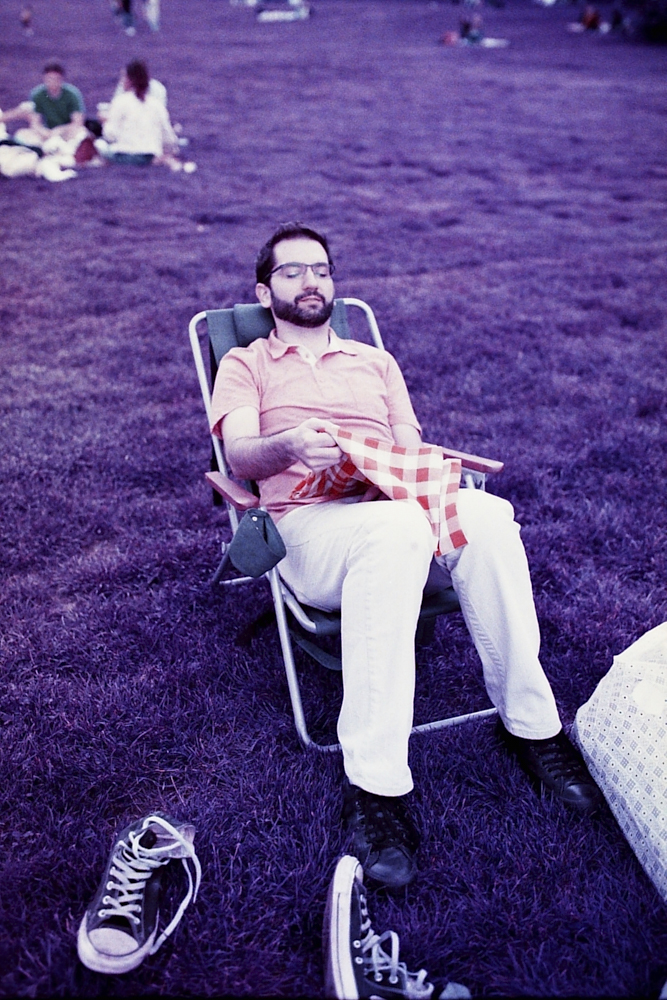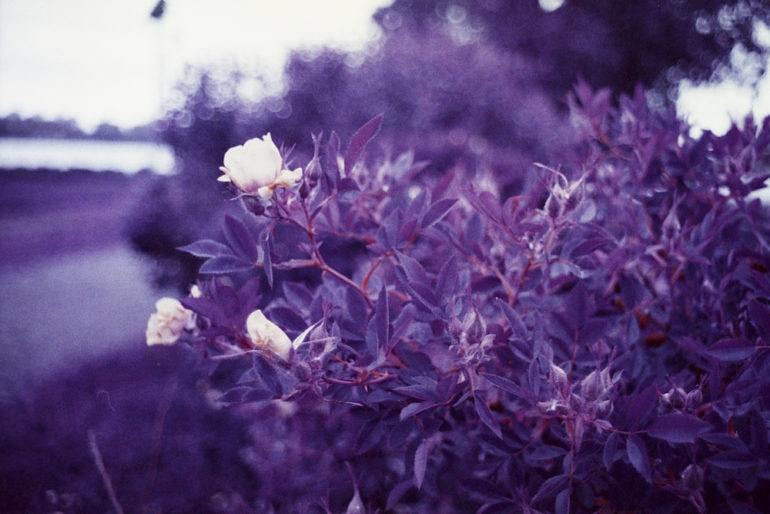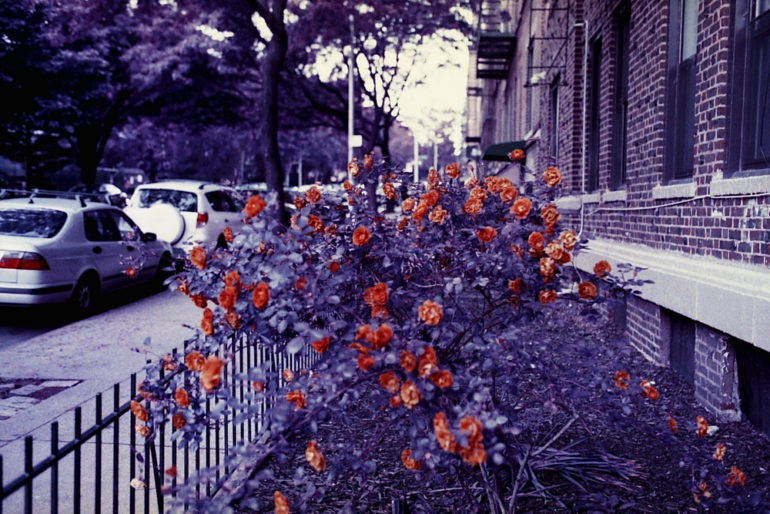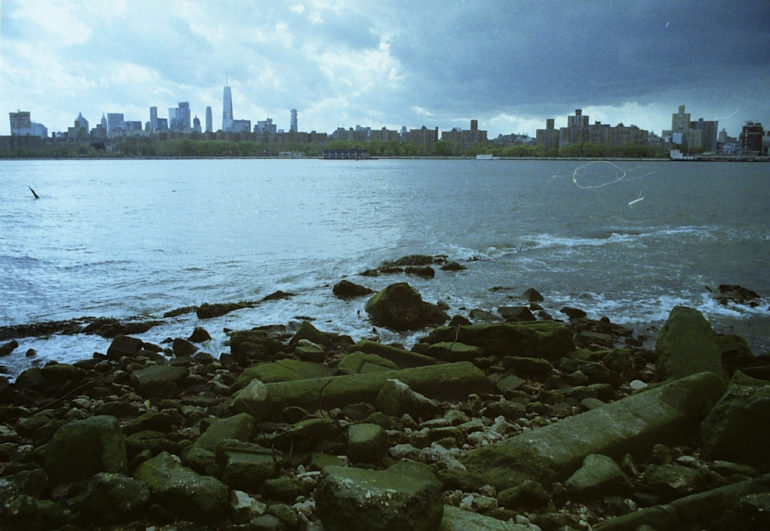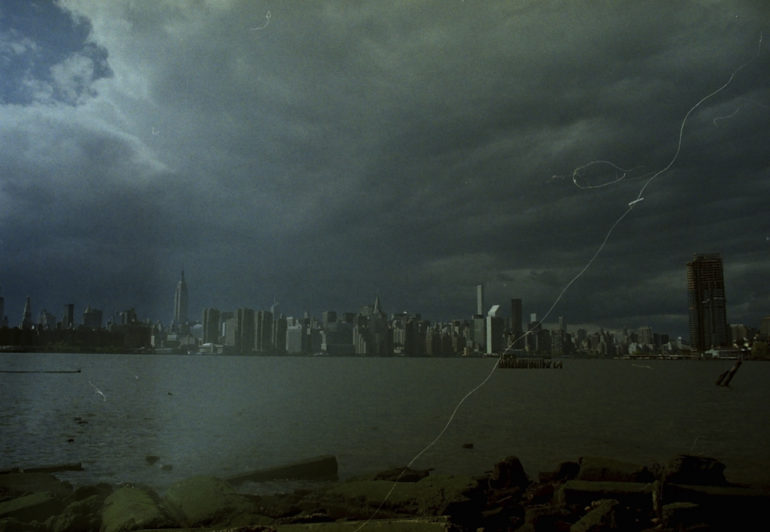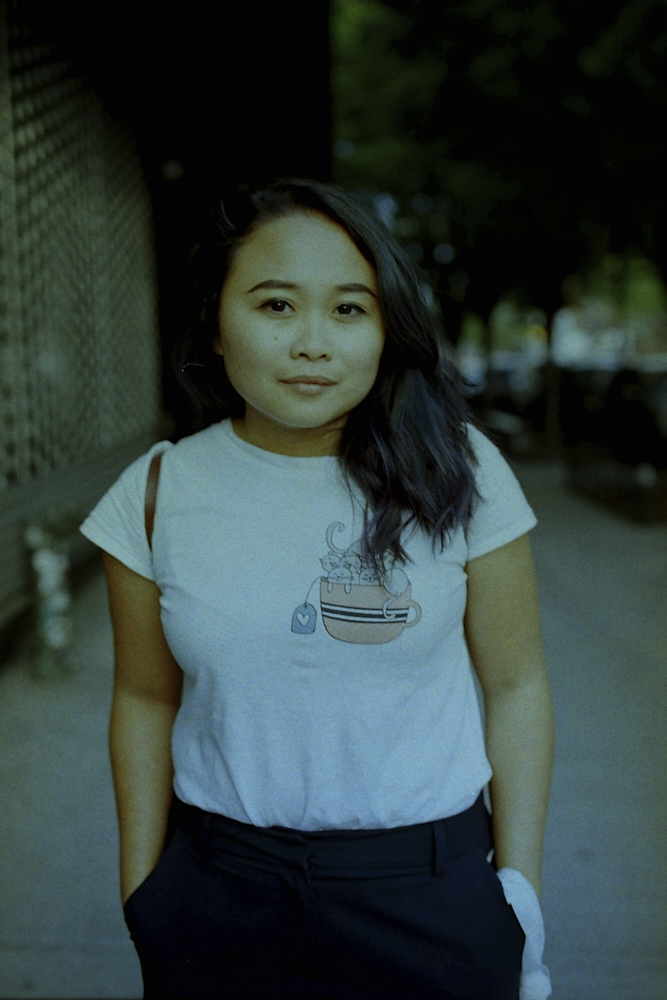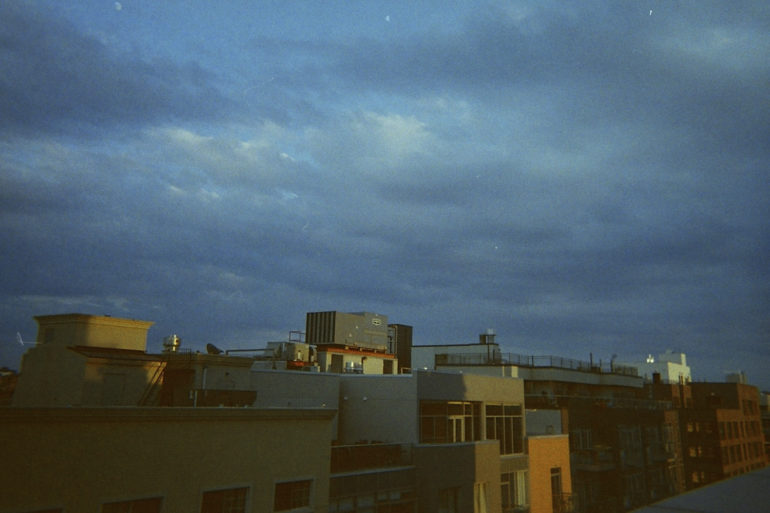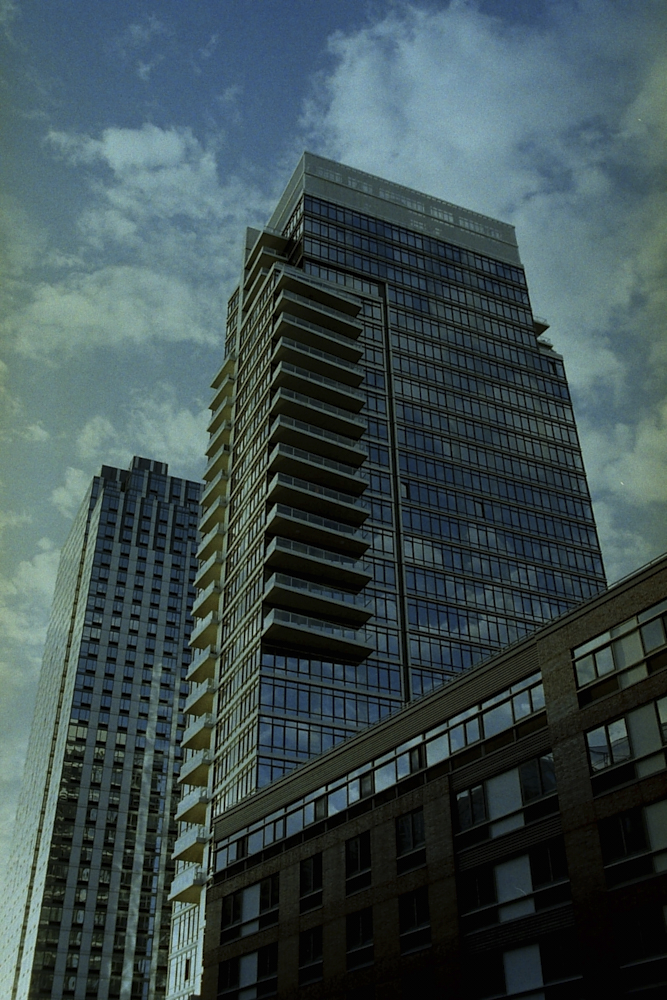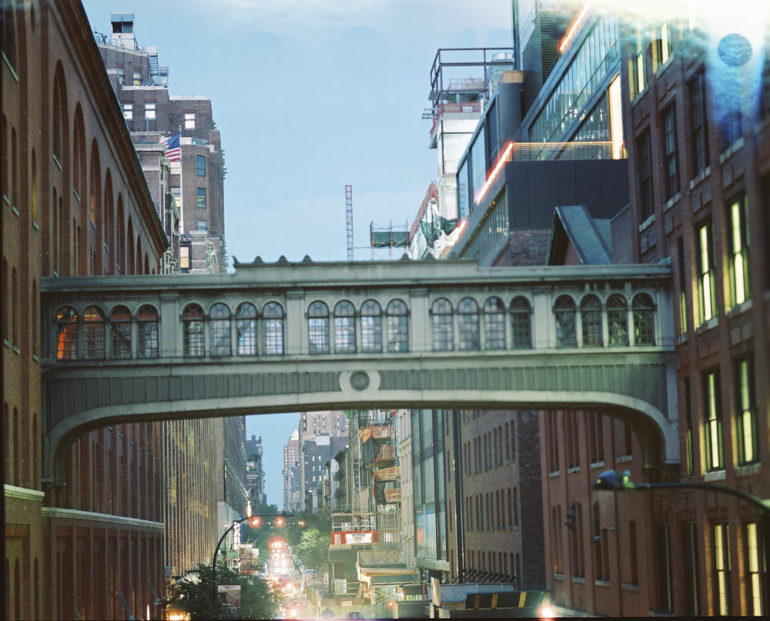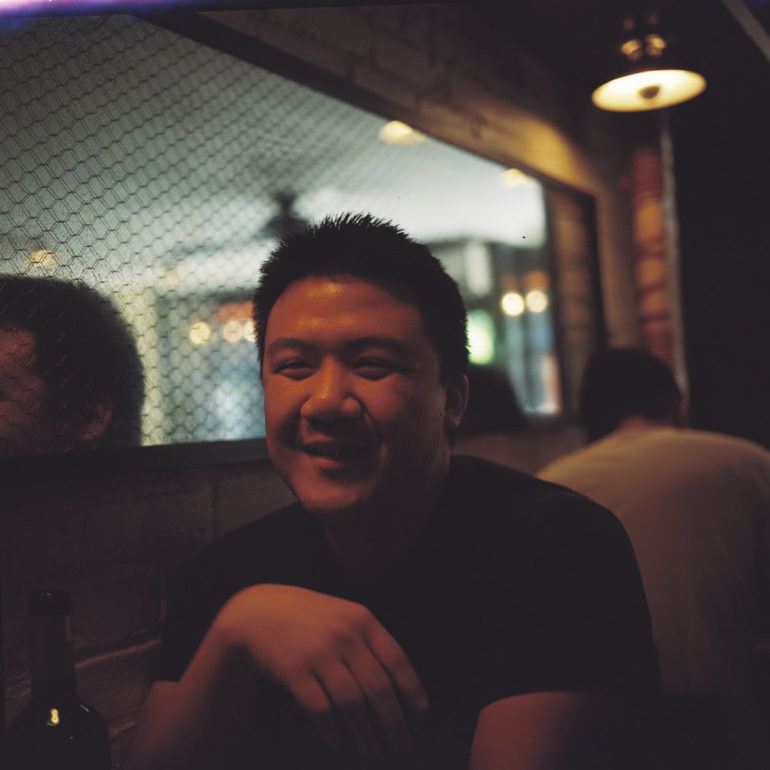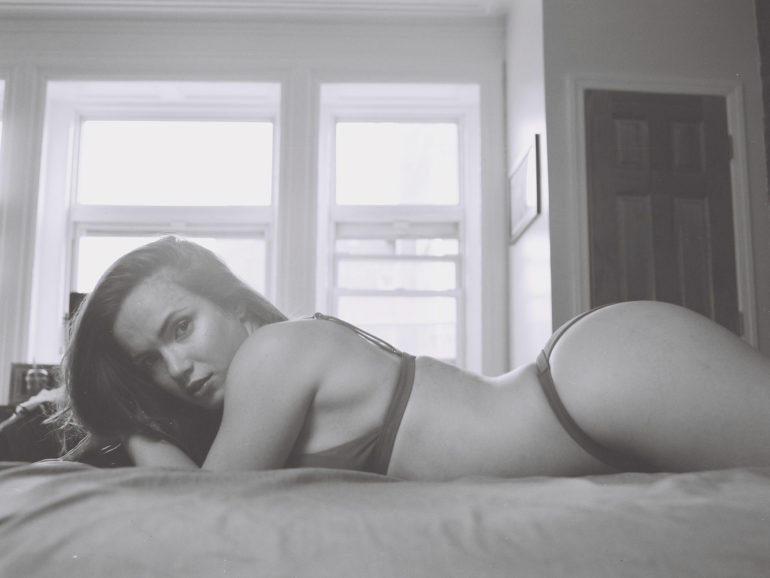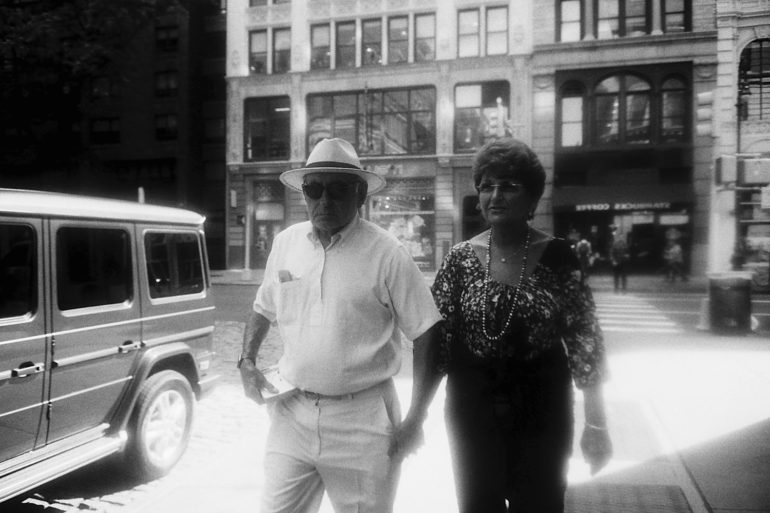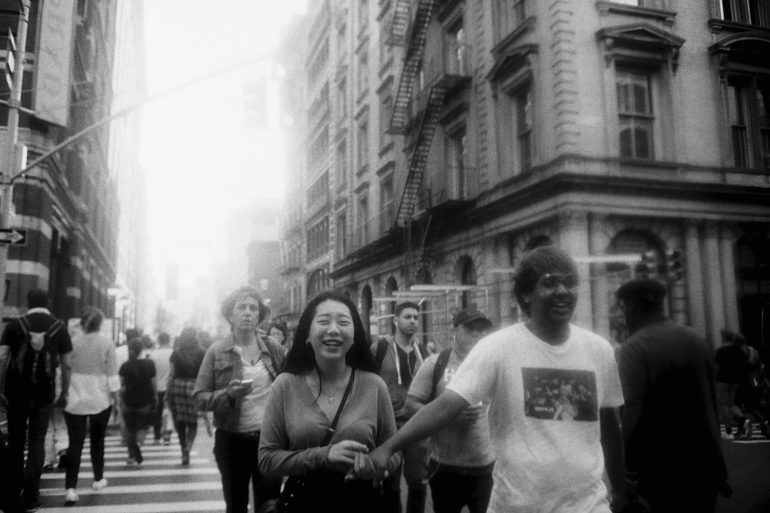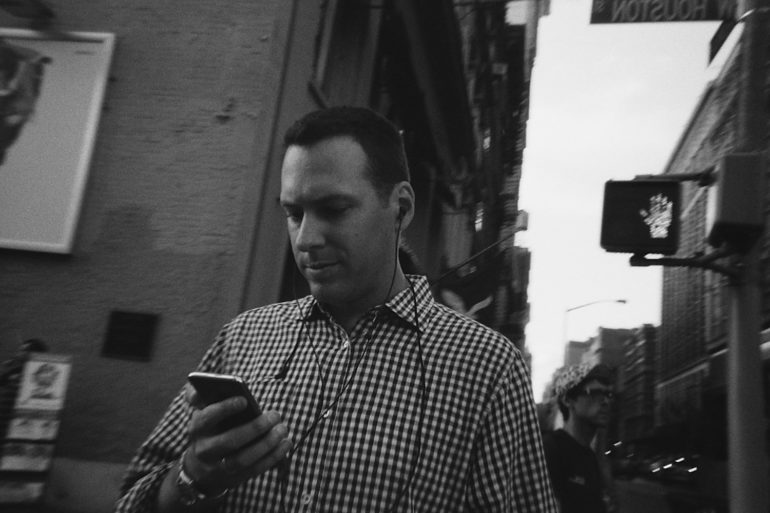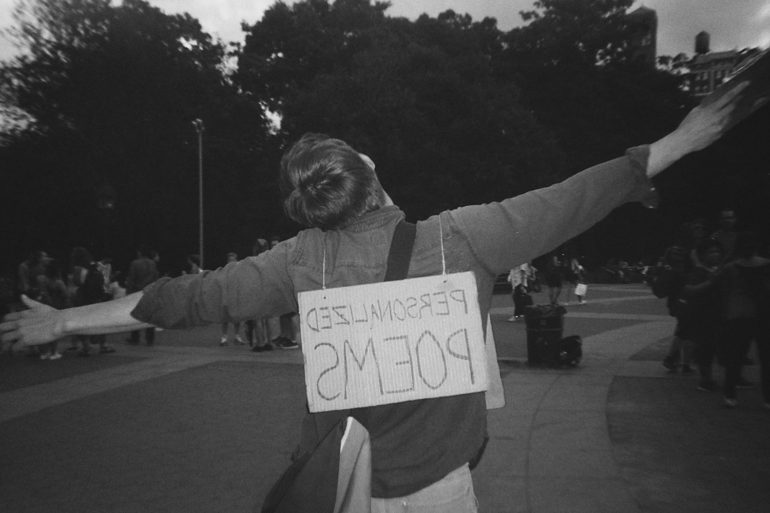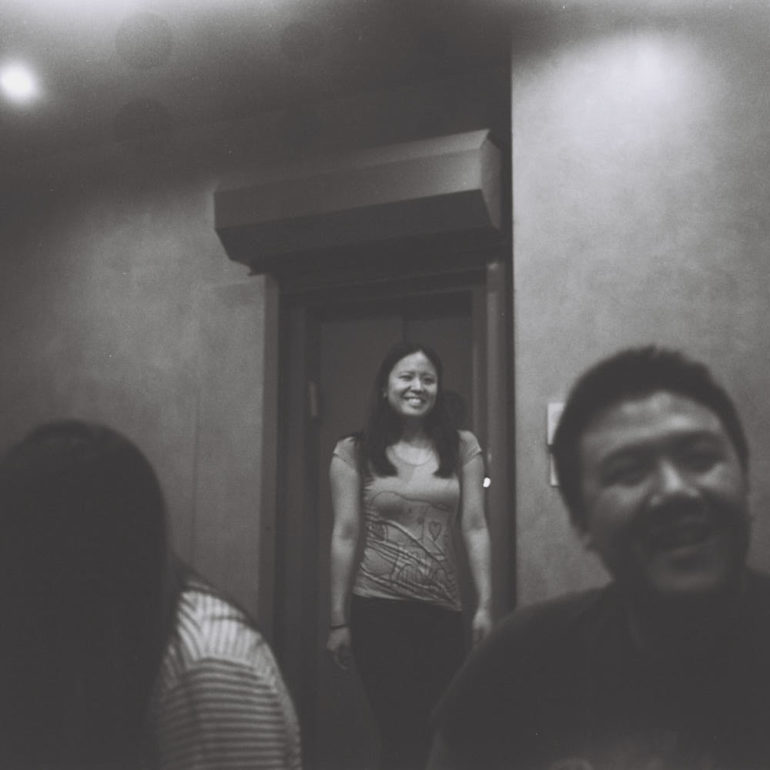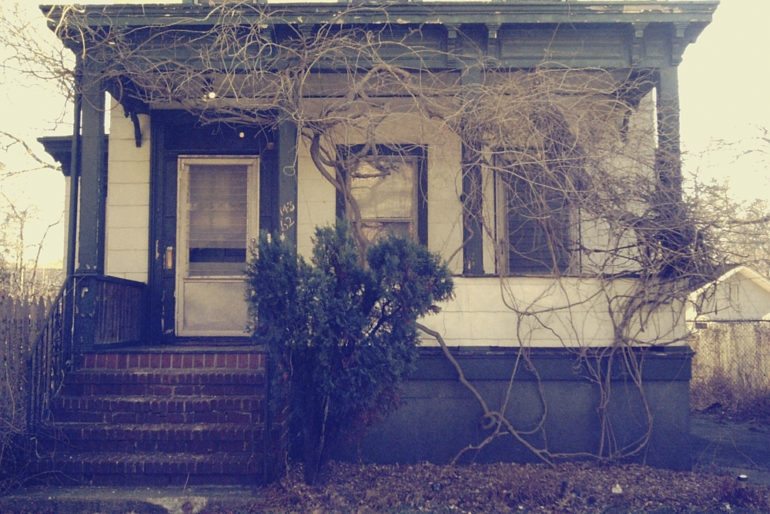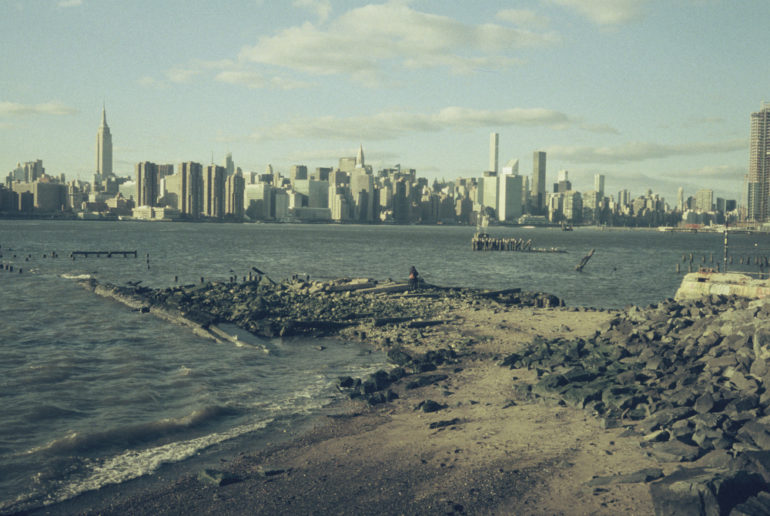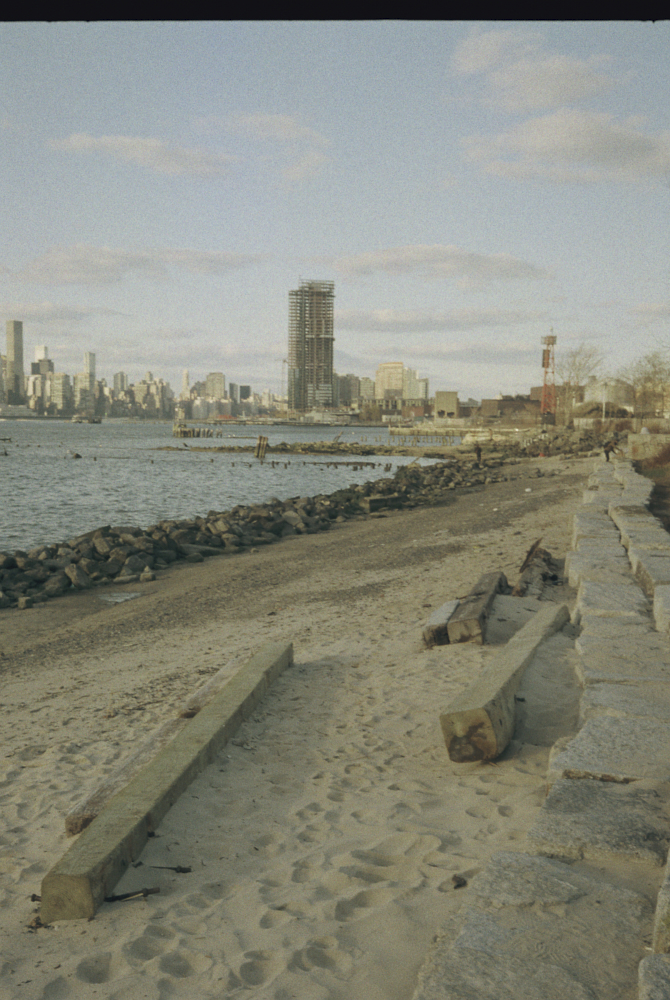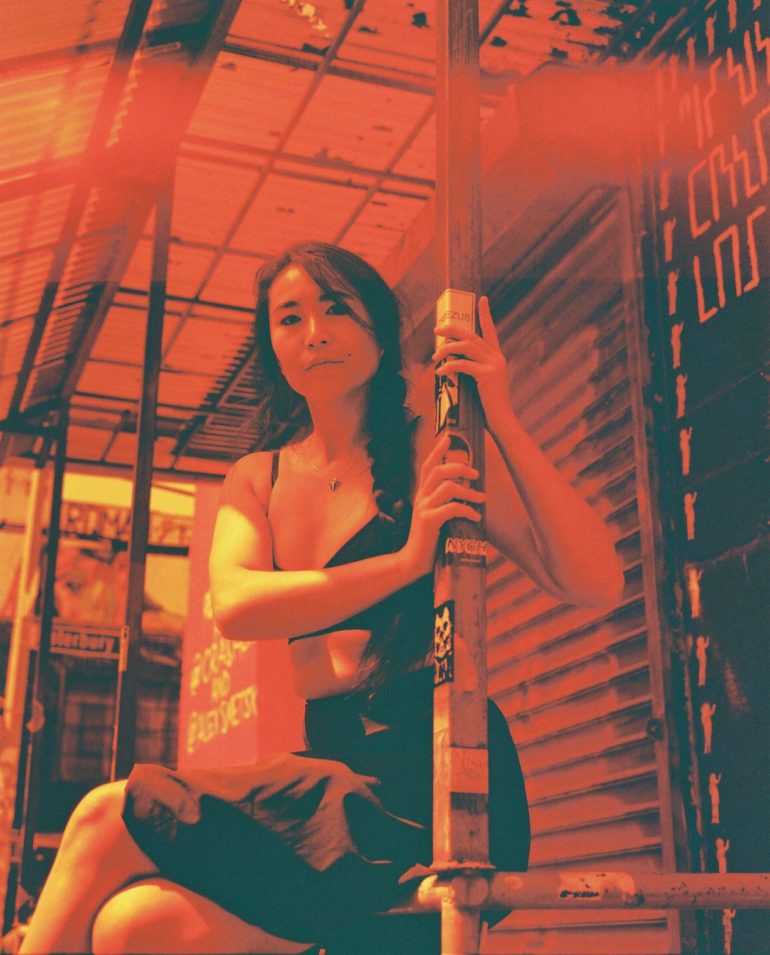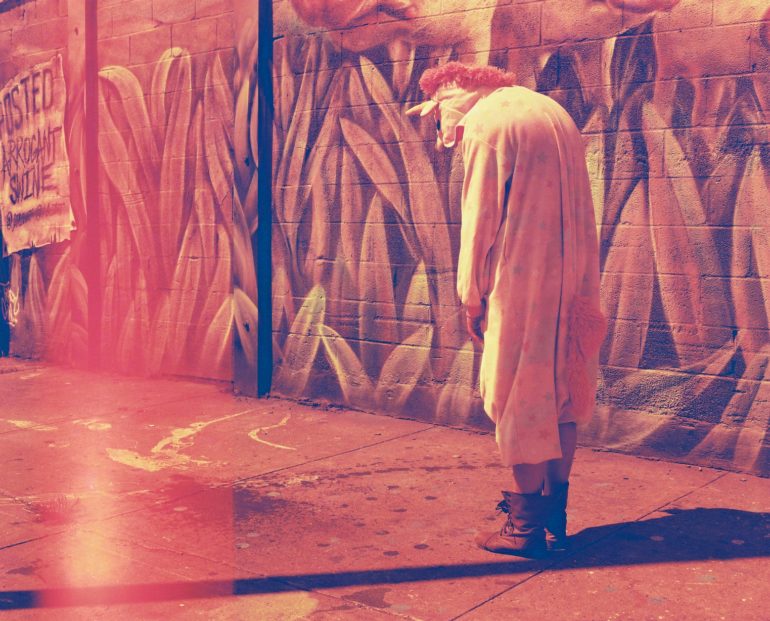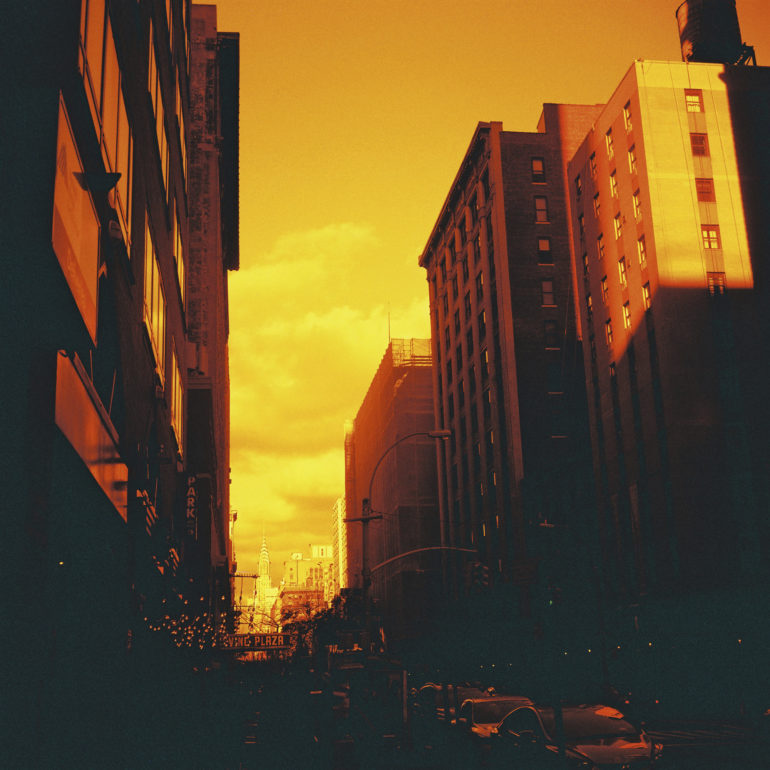Last Updated on 11/11/2021 by Chris Gampat
Lomography isn’t a company that should be disregarded; they’ve got some fantastic films.
While some photographers look at Lomography as a reseller due to their rebadging of certain film emulsions, I don’t think that one can question just how much they’ve done for the analog film photography movement. The company that used to be branded as just a Hipster camera organization has grown and matured over the years into something else–creating many of their own unique lenses and taking advantage of just how well Instax does. If you’re looking for something sustainable and yet very good, you should consider their films.
Lomography Lomochrome Purple
By far the most unique film emulsion on the market right now, LomoChrome Purple can give you results that are fantastic, trippy, and that aren’t easily created in digital photography. It is by far their best film.
In our review we state:
“I really, really like the new Lomography LomoChrome Purple film emulsion. It’s easier to work with and it can render some truthfully beautiful moments. Plus with the way that it works with colors, it can simply just be fine to work with. I strongly recommend that every photographer give it a try to get a look totally different from everything you’ve shot digitally. I’m going to eventually purchase more and use it with a graduated ND filter of some sort.”
Buy Now: Lomography
Sample Images
Lomography Color Negative 100
With Lomography Color Negative 100, you should know that Kodak makes the film for the company. It’s an alternative film from much of the more professional emulsions out there. But it also looks really nice in both 35mm and 120.
In our review we state:
“‘It’s Kodak Gold,’ I’m often told by Lomography reps about Lomography Color Negative 100. The film is one of the offerings from Lomography that is also a more affordable option at times in both 35mm and 120. Now, some folks may scoff at the idea of shooting Kodak Gold since for years, it was designed for being shot by just consumers. But in truth, it’s capable of delivering some seriously lovely colors. To that end, so too is Lomography Color Negative 100. At times, I genuinely feel like Lomography Color Negative 100 sometimes just intensifies whatever scene is just in front of you. But either way, if you’re looking for a low ISO alternative because you don’t like Kodak Ektar’s colors, then Lomography Color Negative 100 is a very viable option.”
Buy Now: Amazon
Sample Images
Lomography Color Negative 400
With Lomography Color Negative 400, you get yet another Kodak emulsion but rebranded. Arguably, this is the film that I like more than 100 speed. In some situations, I like it even more than Portra 400.
In our review we state:
“In the right situations, there are times when I personally feel like it outdoes Kodak Portra 400 or at least proves to be a worthy alternative to both Kodak Portra 400 and Fujifilm Pro 400H. For those of you who consider yourselves to be penny pinchers, Lomography Lomography Color Negative 400 is often more affordable than the other two options on the market. And like the other options, it’s much more preferable to shoot it in 120 format vs 35mm.”
Buy Now: Amazon
Sample Images
Lomography Color Negative 800
For a color 800 ISO film, Lomography Color Negative 800 does a great job. The images that you’ll get will seem a bit more new school that Kodak’s Portra 800; but you’ll still enjoy them.
In our review we state:
“Something that I’m really amazed at with Lomography Color Negative 800 is that it handles tungsten interior lighting and mixed lighting situations very well; perhaps even better than some digital cameras can. Here are a number of image samples shot over the years.”
Buy Now: Amazon
Sample Images
Lomography Earl Grey 100
One of the reasons why I really like Lomography Earl Grey 100 is because when it is pushed to ISO 400, it becomes even nicer looking. The film takes on deep, inky blacks.
In our review we state:
“Speaking from a tonality standpoint, Lomography Earl Grey 100 sort of looks like the old Kodak 400 BW CN. Let me show you what I mean with this film and many others.”
Buy Now: Amazon
Sample Images
Lomography Lady Grey 400
With Lomography Lady Grey 400, photographers have yet another ISO 400 black and white film to work with. This film has a very muted tone to it.
In our review we state:
“Where Tri-X 400, Street Pan 400 and Delta 400 have inkier blacks, Lomography Lady Grey 400 doesn’t have this. It’s more akin to XP2 Super and HP5 but in 35mm can sort of walk the line a bit. So if you’re more of the photographer that digs that look, then go for it.”
Buy Now: Amazon
Sample Images
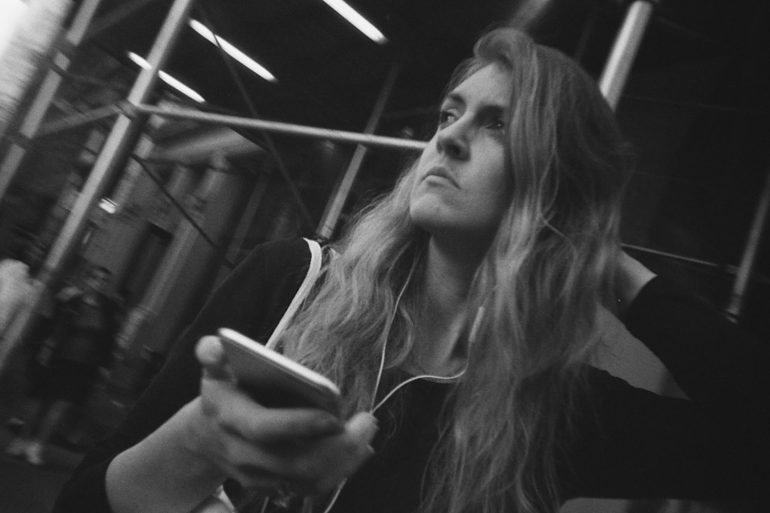
Lomography X Pro Slide 200
Next on the list is the company’s oddest film. Want to normalize the look of its otherwise super warm output? Use an ND filter and even put a blue filter on the lens.
In our review we state:
“So I walked into Lomography’s NYC store and decided that I’d give Lomography XPro 200 Slide film my first real start. I picked up three rolls and after my Leica CL with a 40mm f2 came in, I decided that I’d go shoot with my first roll during a casual day off. (Which to a business owner and independant blog publisher actually means you’re probably just not sitting at your desk or being in a studio, but instead doing something you actually want to do for your personal life but still working in some way or another.) I took the Leica CL, 40mm f2, and Lomography XPro 200 slide film into Flushing, Queens, to catch the tail-end of the Chinese New Year parade. Considering what I know about slide films already, I figured that it would be a fantastic place to get wonderful colors and document something close to me, as I grew up in Queens and used to frequent Flushing years ago when I would play Counter Strike Source competitively. The area has always held a closeness to my heart.”
Buy Now: Amazon
Sample Images
Lomography Red Scale
Red Scale is, well, a really weird film if I have to be honest.
In our review, we state:
“As stated before, the shorter your exposures are, the more red and orange the film results will be. But the longer your exposures are, the more normalized they’ll look. With that said, I can’t really call these normalized at all. I didn’t make prints from the film simply because I just felt it to be too odd overall. But what you should also note is that at times the film seems to make highlights really orange and shadows really blue–or at least that’s what comes through in scans.
Sound familiar? Yeah, that’s a pretty popular look. In most cases, I too would think that it’s pretty weird.”
Buy Now: Lomography
Sample Images
